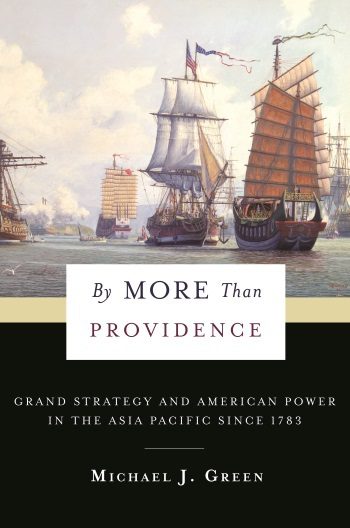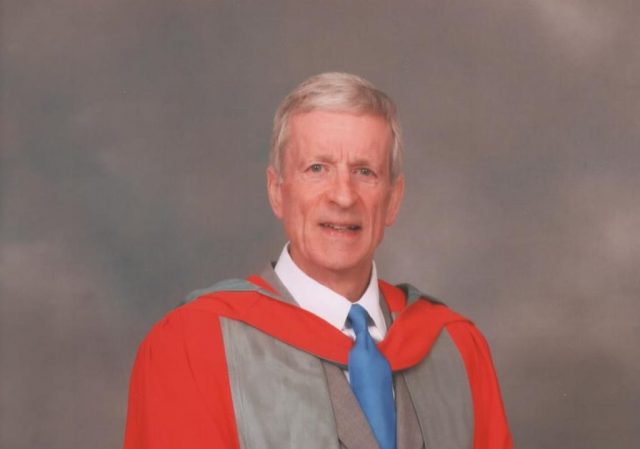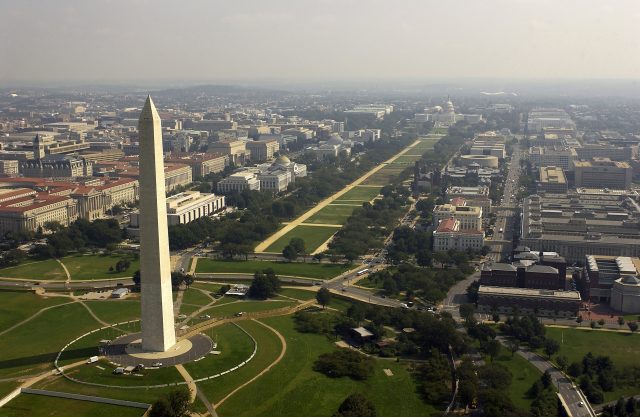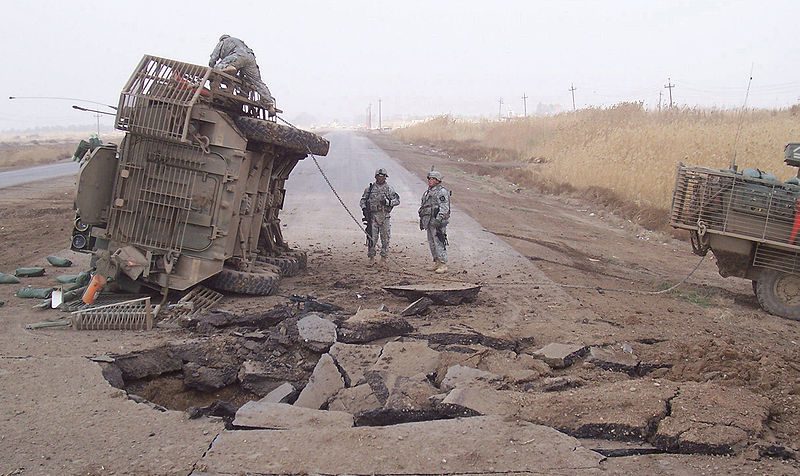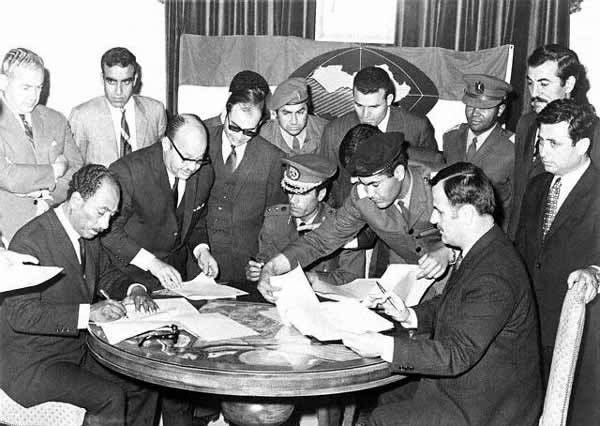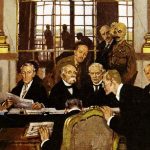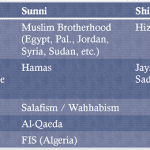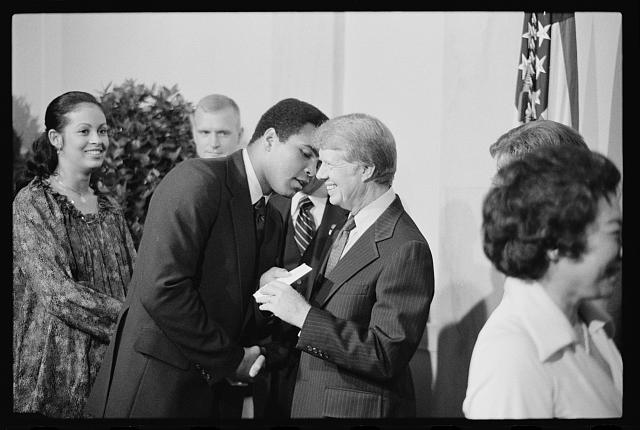This panel offers a retrospective examination of the 1968 Czechoslovak “Prague Spring”, or what the LBJ administration labeled the “Czechoslovak crisis.” Panelists Dr. Mary Neuburger, Professor of History and Director, Center for Russian, East European and Eurasian Studies (CREEES) and Dr. Jeremi Suri, Professor of History and Mack Brown Distinguished Chair for Leadership in Global Affairs, offer their insights into the 1968 reform movement and popular response in the context of internal Bloc transformation and the “global 1960s.” They also discuss the implications of the Soviet (or Warsaw Pact) Invasion of Czechoslovakia and the US decision not to intervene for East-West Cold War engagement. 50 years after the event, both panelists tap into the past due decades of scholarship to re-examine the regional and global importance of these events and their aftermath.
Dr. Neuburger also introduced the Prague Spring Archive Project, an open-access resource consisting of digitized documents – such as intelligence reports, briefs, and day-to-day commentary by US policymakers – on the Prague Spring held at the LBJ Library.

Dr. Neuburger and Ian Goodale, CREEES digital librarian, reflect on phase one of the project, and Ian Goodale discusses media and the Prague Spring.

Andrew Weiss reviews Plaza of Sacrifices: Gender, Power, and Terror in 1968 Mexico by Elaine Carey (2005)
How do we talk about Enoch? Enoch Powell, Race Relations, and Public History in Britain by Edward Watson
Tiana Wilson reviews King: Pilgrimage to the Mountaintop by Harvard Sitkoff (2009)
Foreign Policy from Candidate to President: Richard Nixon and the Lesson of Biafra by Roy Doron

The views and opinions expressed in this article or video are those of the individual author(s) or presenter(s) and do not necessarily reflect the policy or views of the editors at Not Even Past, the UT Department of History, the University of Texas at Austin, or the UT System Board of Regents. Not Even Past is an online public history magazine rather than a peer-reviewed academic journal. While we make efforts to ensure that factual information in articles was obtained from reliable sources, Not Even Past is not responsible for any errors or omissions.
